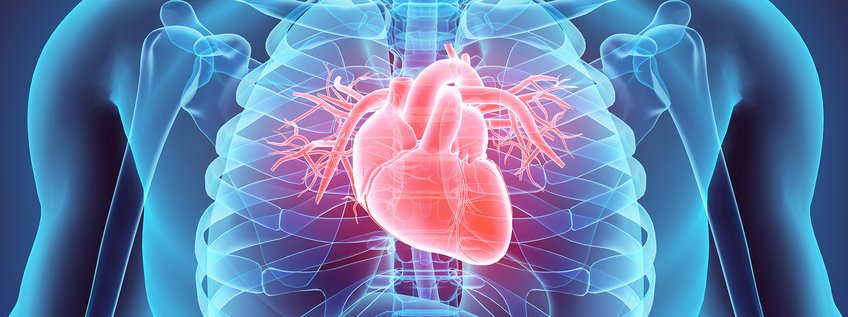
Cardiac Development and Remodelling (Dept. I)
Scientific focus
The general research concept of the department is characterized by two strategies:
- a better understanding of processes that lead to proliferation of organ typical precursor cells and their coordinated differentiation during organ development and regeneration;
- development of pre-clinical models, in which knowledge gained in approach (i) can be used to understand and manipulate pathological tissue remodeling processes and to enable, improve and accelerate tissue regeneration in particular of the heart and skeletal muscle.
The research in the department aims to identify the processes governing the development of contractile tissues. Furthermore, we characterize the different factors controlling proliferation and coordinated differentiation of muscle cells. Apart from the obvious link between embryonic development and congenital cardiovascular defects, mounting evidence suggests that the homeostatic mechanisms, which maintain organ function during adult life, are closely related to those established and operating during embryonic development. Many processes, which participate in embryonic development of the skeletal and heart muscles, are re-activated under pathological conditions and during tissue repair. Hence, findings made for developmental processes will ease our understanding of tissue remodeling processes in the adult and vice versa.
Moreover, tissue repair and regeneration after a vascular accident results in the reactivation of developmental programs through the recruitment and activation of stem cells and their differentiation and functional integration into damaged organs. This justifies the department's commitment to identify and characterize the molecular circuits acting in stem cells of the heart and skeletal muscles. The department mainly uses the mouse as a pre-clinical model system, which might yield results of direct medical implications. In addition, efforts are made to utilize amphibians like the newt Notophthalmus viridescens, which are able to replace lost parts of complex structures and organs such as limbs and parts of the heart, to understand the mechanisms that allow complex regeneration processes.